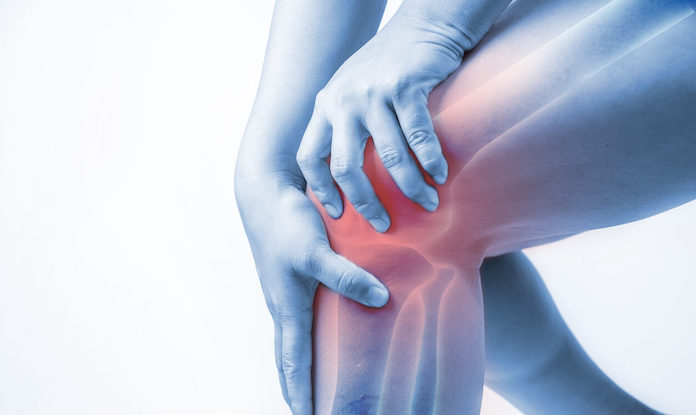In a recent study, researchers examined the relationship between obesity, body composition, physical activity, and knee pain/function in patients with knee osteoarthritis (KOA). A cross-sectional survey of 178 individuals aged 40-80 in Shijiazhuang, China, assessed knee pain using the WOMAC-P scale, function through WOMAC-F, and the Five-Time-Sit-to-Stand Test (FTSST). Data analysis revealed that obese patients (n=103) experienced worse knee pain and self-reported function compared to non-obese individuals (p<0.05).
Findings showed that higher body fat mass was linked to greater knee pain, higher WOMAC scores, and worse FTSST performance. Conversely, moderate-to-low-intensity physical activity and higher skeletal muscle mass were associated with reduced pain and improved function. In obese patients, increased muscle mass correlated with better FTSST performance. The study concludes that obesity exacerbates KOA symptoms. It also highlights the importance of reducing fat mass, promoting physical activity, and building muscle to improve knee function and alleviate pain.
Reference: Tong B, Chen H, Wang M, et al. Association of body composition and physical activity with pain and function in knee osteoarthritis patients: a cross-sectional study. BMJ Open. 2024 Jan 17;14(1):e076043. doi: 10.1136/bmjopen-2023-076043. PMID: 38233052; PMCID: PMC10806729.









